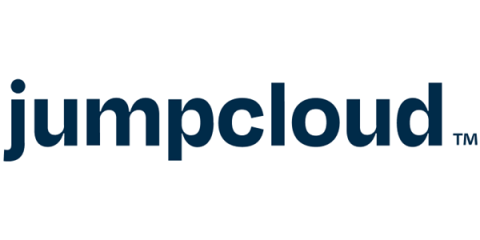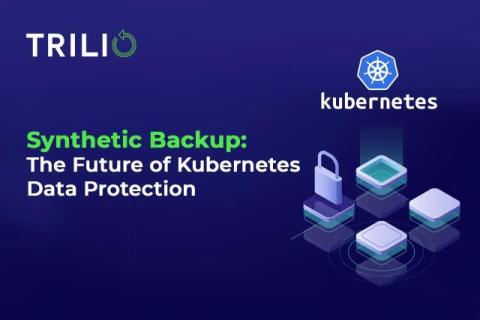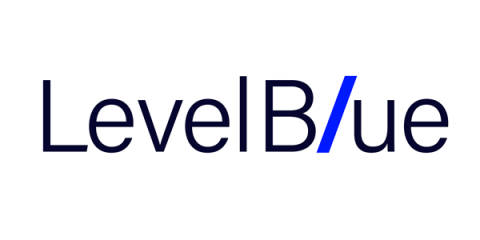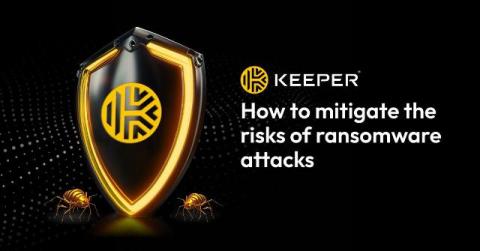Comprehensive Guide to Cyber Insurance for MSPs
Cybercrime is as lucrative as ever, generating millions in illicit revenues for threat actors. Between 2021 and 2023, global data breaches rose by 72%, breaking all previous records. Meanwhile, data breach costs continue to rise. The average cost of an enterprise data breach in 2024 is $4.88 million — another all-time high. This puts managed service providers (MSPs) in a tight position. Cyber liability insurance can help reduce exposure to steep losses associated with cyberattacks.











